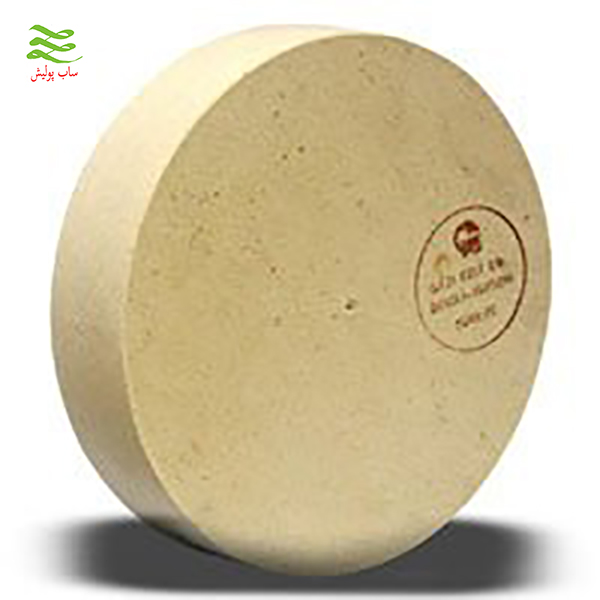
Felt polishing is a finishing process used across various industries to achieve a smooth, refined surface on materials like metal, glass, stone, and plastics. It involves using felt materials, typically in the form of wheels, pads, or bobs, in conjunction with polishing compounds to remove imperfections, scratches, and oxidation, leaving the surface with a high luster or a specific texture, as desired.
Felt is a non-woven textile made by matting, condensing, and pressing fibers together. These fibers can be natural, such as wool, or synthetic, such as acrylic. The interlocking of the fibers produces a dense material with properties that make it excellent for polishing. The density, fiber type, and thickness of the felt are varied to suit specific polishing applications.

Several types of felt are available, each with unique characteristics suitable for different polishing tasks:
Each type of felt can be further customized based on its density (hardness) and thickness, allowing for precise control over the polishing process. Consider using سنباده رولی for earlier stages to prepare for the felt finishing.
Felt polishing tools come in various forms:
Felt polishing is used in a wide array of applications:

Felt offers several advantages over other polishing materials:
For superior results add polishing compounds or consider exploring پرداخت کاری for extra shine.
Proper care extends the life of felt polishing tools:

Adhering to safety guidelines is crucial:
Felt is compared with other materials as follows:
The future of felt polishing looks promising with advances in material science and automation:

Felt polishing remains a vital technique in many industries due to its versatility, cost-effectiveness, and ability to achieve a variety of surface finishes. By understanding the different types of felt, proper usage techniques, and safety precautions, one can effectively utilize felt polishing to enhance the quality and appearance of various materials. For fine finishing, it is essential to choose quality products like سنباده رولی for initial preparation and پرداخت کاری for the ultimate shine.



